Clarice Orsini de Medici’s Extremely Illegal Hat
Time to share my current historical obsession: Clarice Orsini de Medici’s EXTREMELY ILLEGAL HAT! A cool reflection on performing social class (and part of my release countdown to the release of Inventing the Renaissance.
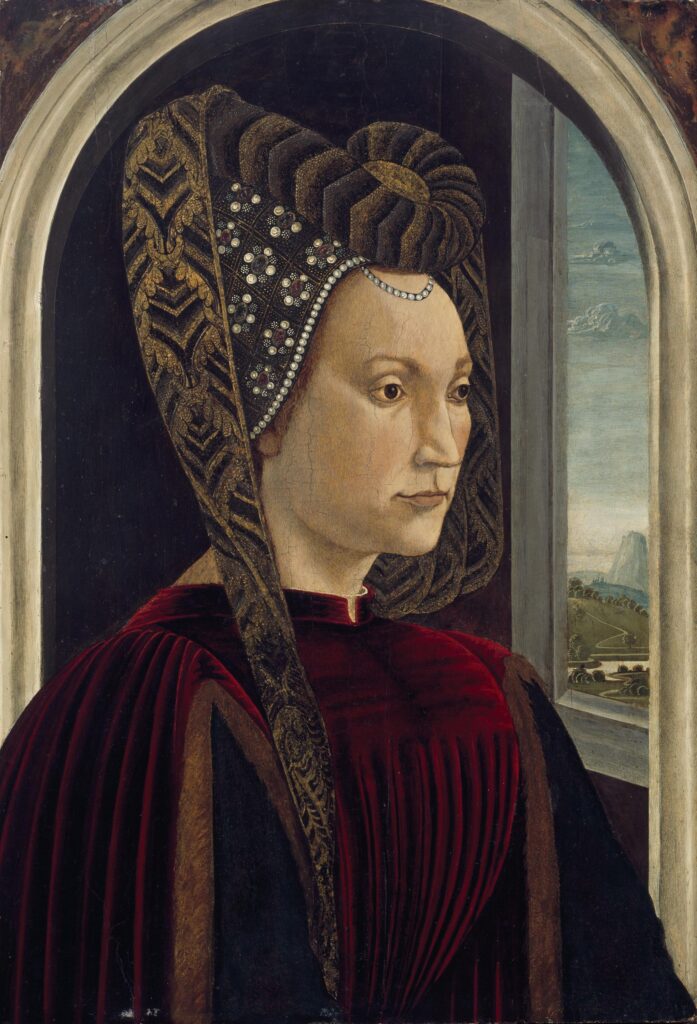
Clarice Orsini, wife of Lorenzo de Medici “the Magnificent” came from the great Roman Orsini family, massively powerful nobles who traced their ancestry back through popes, knights and dukes to ancient Roman senators & peers the Caesars; one of her elder cousins was Queen of Naples.
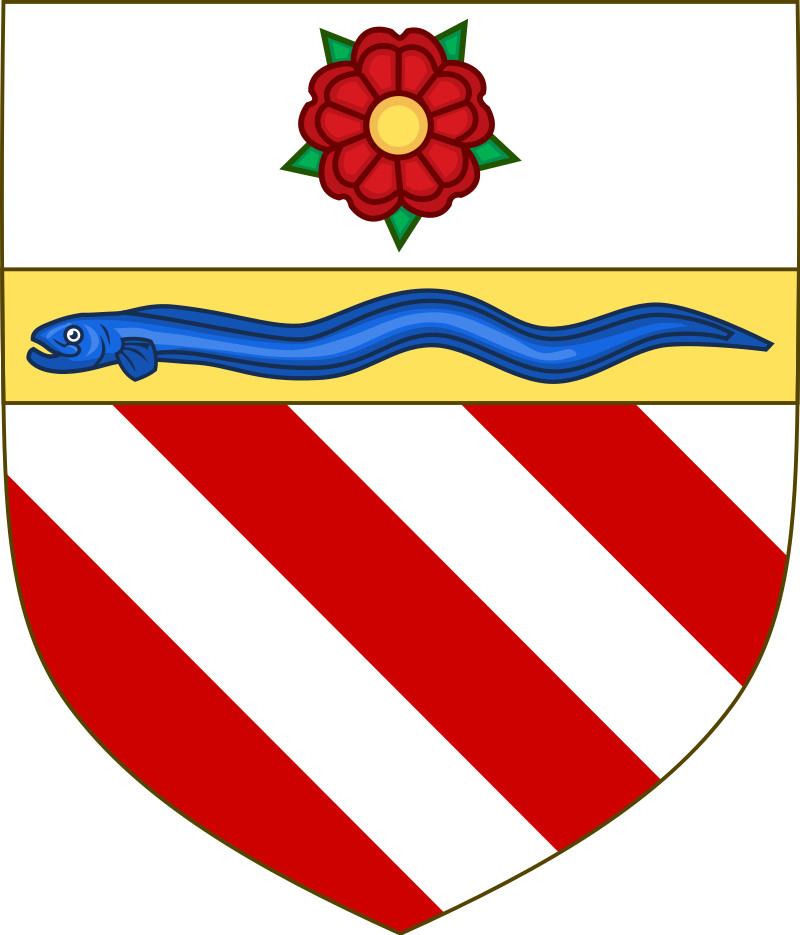
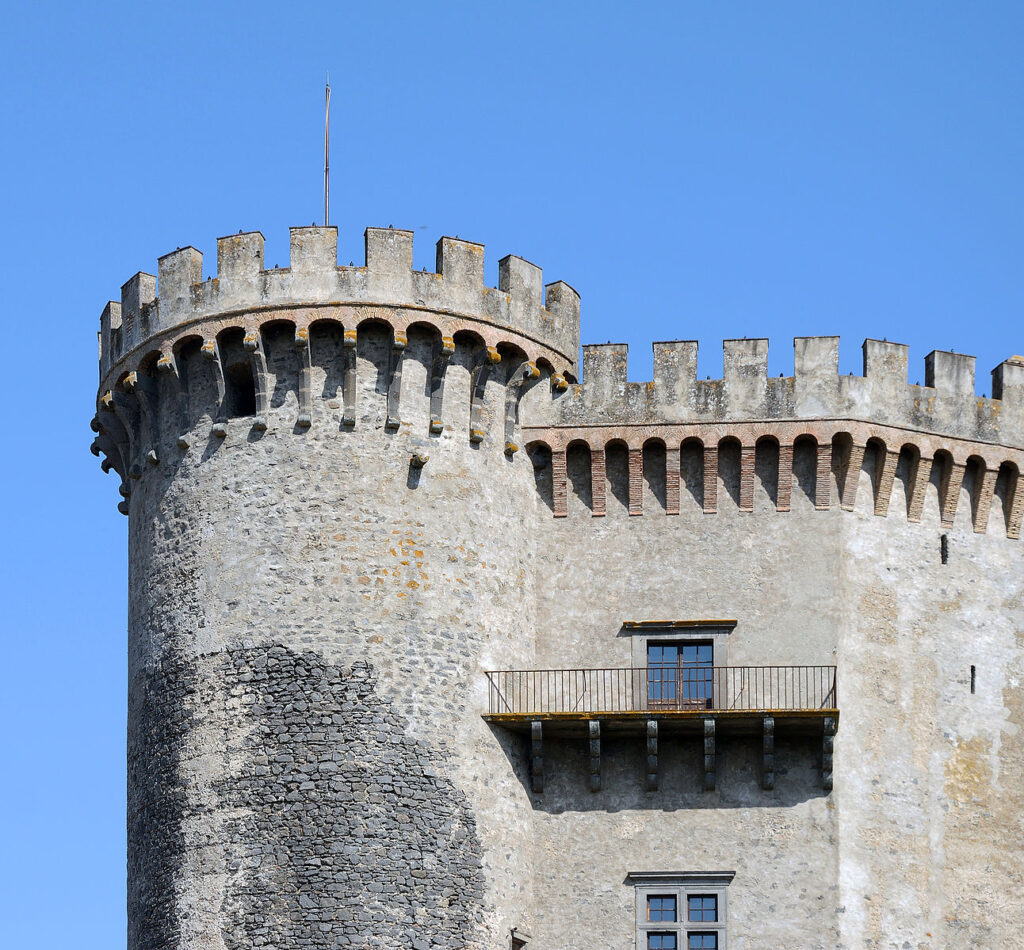
Clarice’s hat is an escoffion, a type of hennin, tall, cone-like hats made from thick, starched cloth. Princess cone hats and Meleficent’s hat are forms of hennin. Clarice’s is covered with costly brocade, embroidery, and pearls.
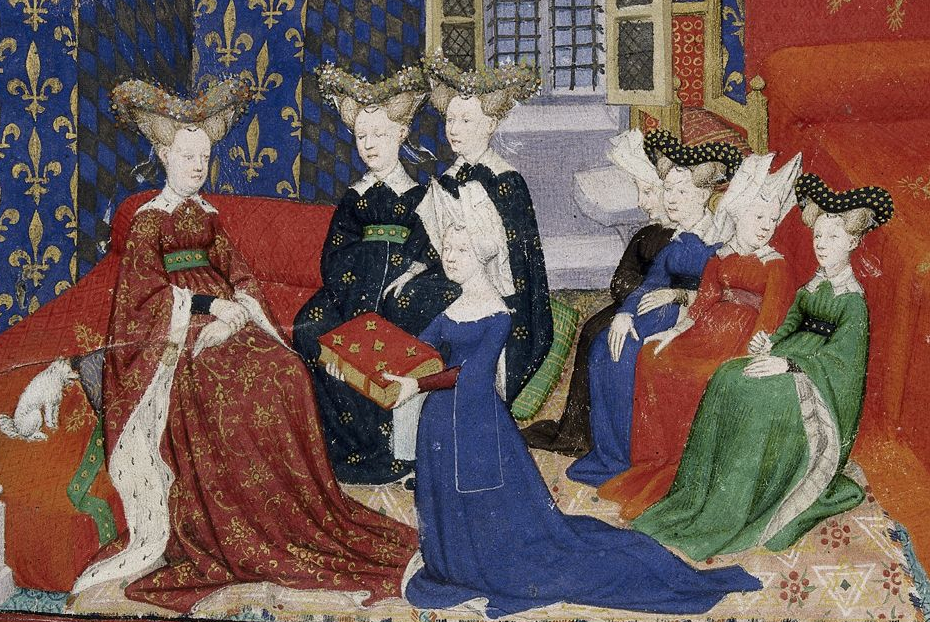
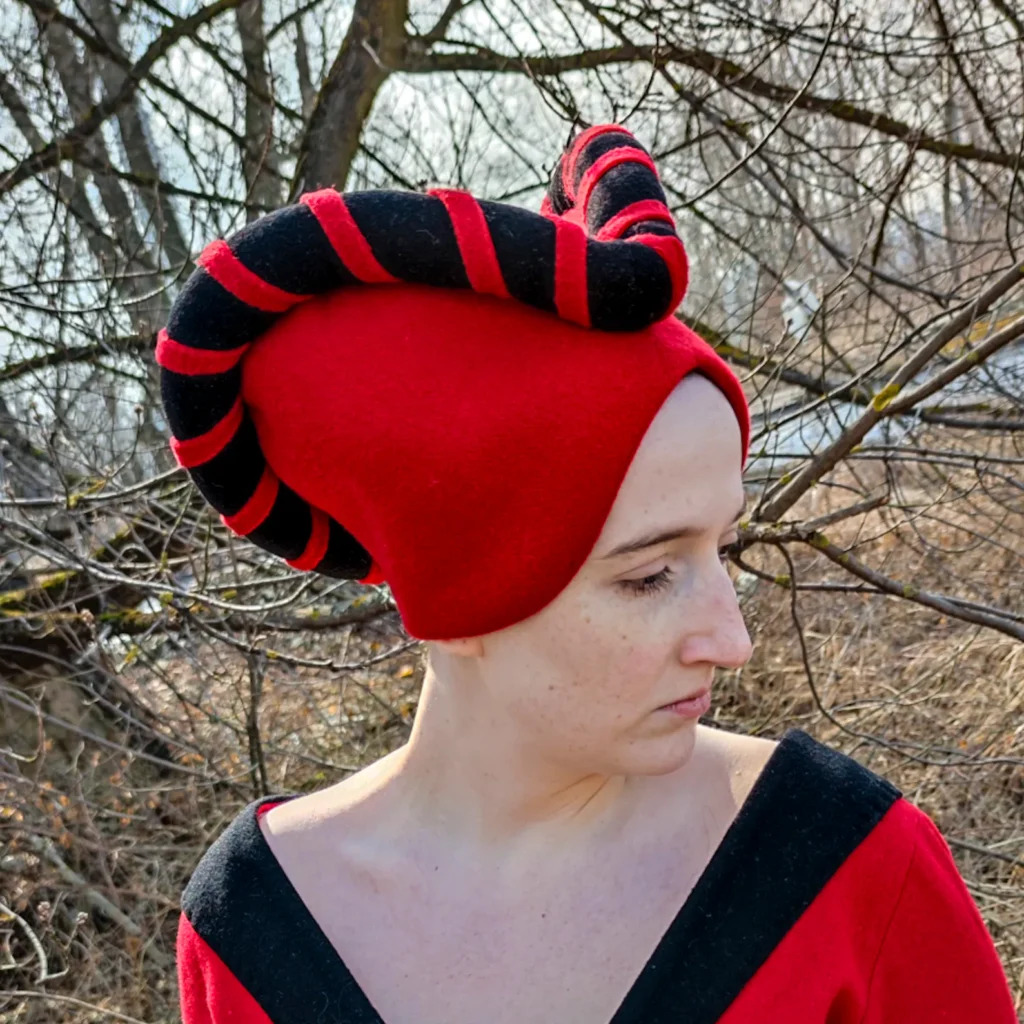
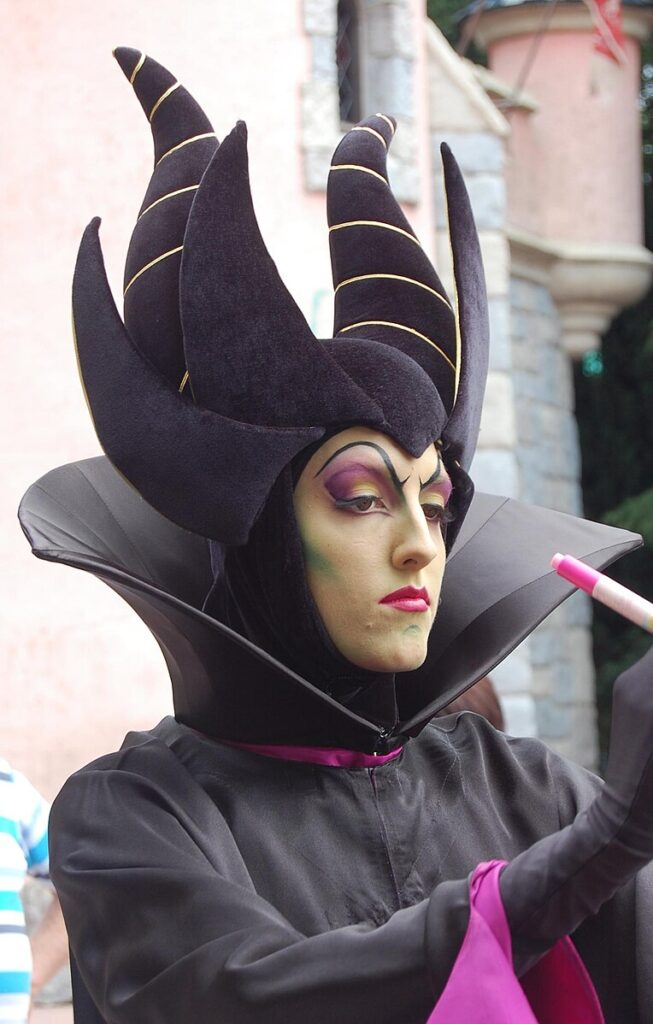
Okay. Lorenzo de Medici, Clarice’s husband, was merchant scum. All Florentines had to be merchant scum, it was mandatory. After many civil wars & watching neighbors fall to conquerors, the Florentine Republic decided to secure its liberties by *massacring all the nobles and putting their heads on pikes!*.
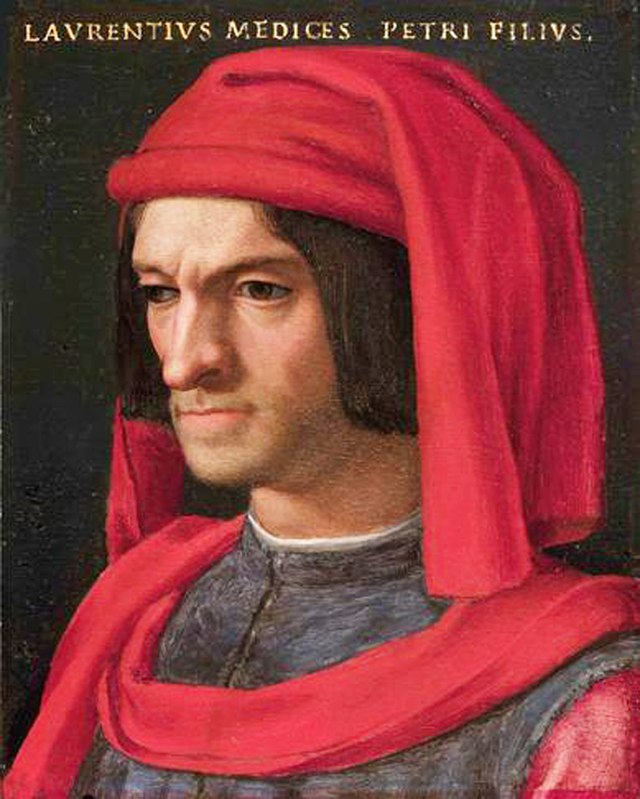
A few peaceful/beloved nobles were spared on condition of effectively renouncing their nobility & being very, very careful to avoid any noble trappings; Lorenzo’s mom came from one of these, Lucrezia “we’re definitely not the noble Tornaquinti family anymore” Tornabuoni. Florence thus became a merchant republic. Normal republics at the time (Venice, Genoa, Siena, the Swiss) were *noble* republics, led by senates drawn from noble families, as Rome had been before the Caesars. Florence’s was wildly different, its ruling council selected by putting the names of the merchant guild members (business owners, the owner of the building full of looms, not the men who works them) in a bag and drawing names at random, and making them share power in a complex rotation. In the 1400s, to be fully part of Florence’s government you had to be merchant scum, especially if rich. All eyes watched top families for warning signs of “princely ambition” making it vital to performmerchant humility, in language, behavior, especially clothing. Florentines wore long wool robes (advertising Florence’s top industry Big Wool) especially in Lorenzo’s day the lucco or “Florentine toga” an open-front, open-sided sleeveless mantle whose looseness was less hot in summer and supposed to invoke the Roman republican toga. (On the lucco check out Elizabeth Curie’s wonderful little book, Fashion and Masculinity in Renaissance Florence).
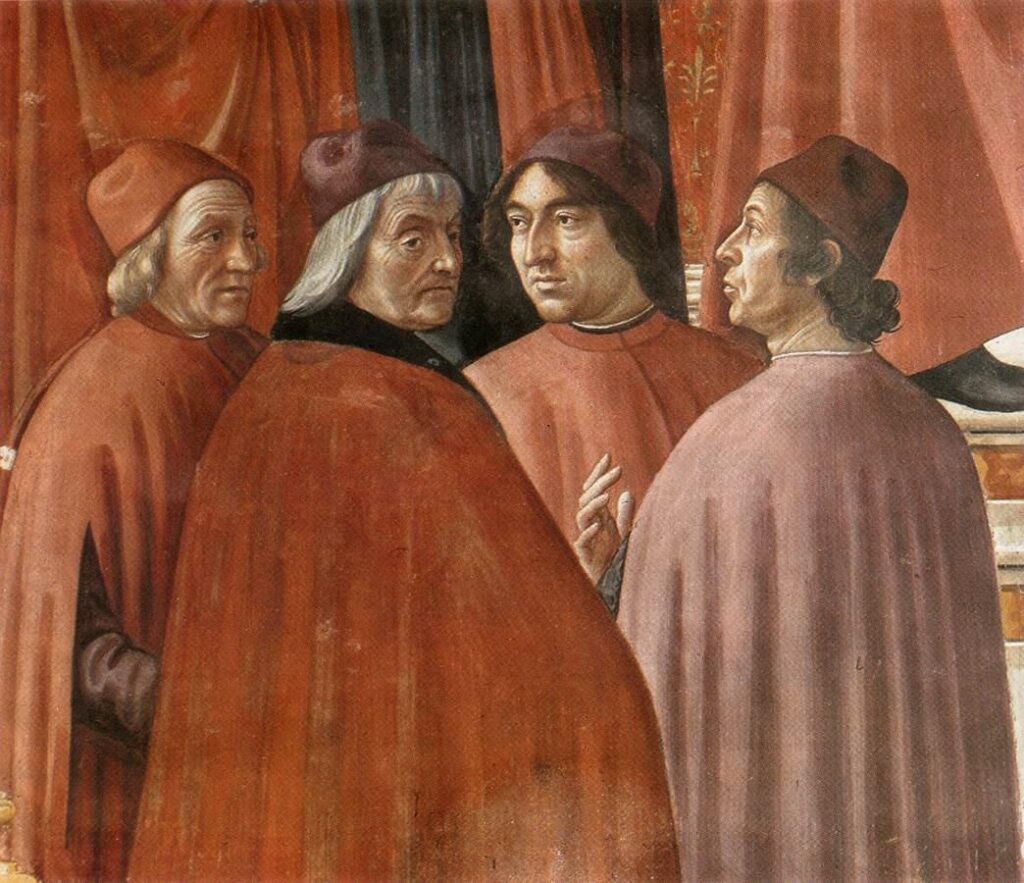
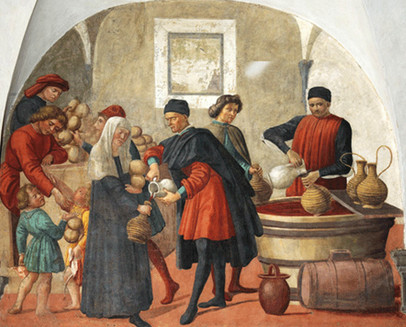
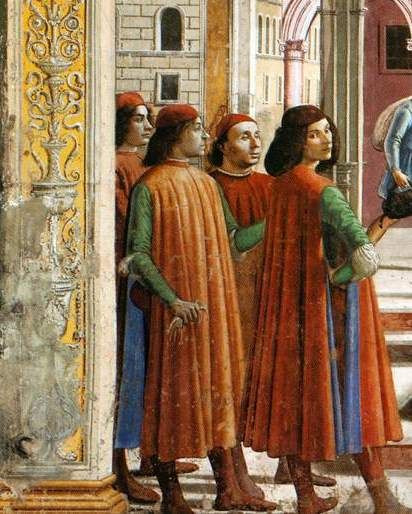
Now, young Lorenzo’s dad & grandpa had made the family *very* powerful, unofficially but-everyone-knew-it helming the state, and foreign contacts helped make that happen. Grandpa Cosimo was close with Duke Francesco Sforza of Milan, and when considering Lorenzo’s marriage.
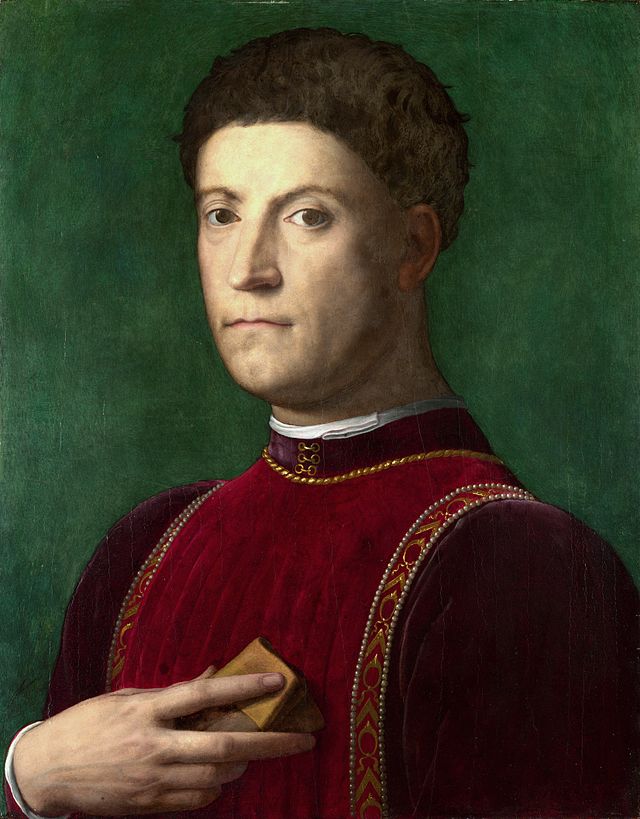

His parents looked to forge a tie to the City-Where-it-Happens papal Rome. The Medici were as rich as dukes, and as powerful, but to bring a noble princess to the city as a bride was very risky in a city that feared nobility and anyone who seemed to want it. They chose carefully. The Orsini family weren’t monarchs of a region or city-state, they had scattered castles and land in Rome, republican nobility, heroes of the (gone but never forgotten!) Roman Republic and often leaders of the city’s resistance against unpopular or overstepping popes (SPQR!).
They were also heads of the mighty Guelph Party, one of the two great factions whose feud split the Italian peninsula in what Guido Ruggiero aptly calls Italy’s 300 Years’ War. The Guelphs were the papal, anti-imperial side (mnemonic: Pope & Guelph are 1 syllable, Emperor & Ghibelline 3). Florence was a passionately Guelph city. It had massacred its Ghibellines & put their heads on pikes not long after it did so to its nobles, and had the Guelph coat of arms & Guelph war flag on every civic building. The Orsini were the noble leaders of their party, a very strategic ally. Had Lorenzo married a Sforza princess from Milan there’d likely have been immediate riots. A Guelph Orsini republican noble was… *warily* accepted. (Machiavelli’s comment: “When you don’t feel you must marry your neighbors it means you think they’re your servants.”) In 1469 when Clarice married Lorenzo, every worried eye was on them seeking telltale signs of princely ambition (for those familiar with the Pazzi conspiracy assassination attempt against Lorenzo 9 years later, Clarice was one of the named motives!) Which brings us to…
Sumptuary Laws were normal in Renaissance Europe, clothing restrictions justified as preventing overspending on vanity. They restricted expense (gold, pearls, velvet) & enforced social status. People of X rank could only wear X amount of gold, Y fanciness of cloth, Z cut of garment. They also flagged identity. Florentine law required office-holders like Lorenzo to wear the lucco; non-Florentines couldn’t unless granted it as a privilege, a step toward citizenship. Foreigners & nobles were immune to these laws, so were recognizable at a glance, especially for their costly fashions.
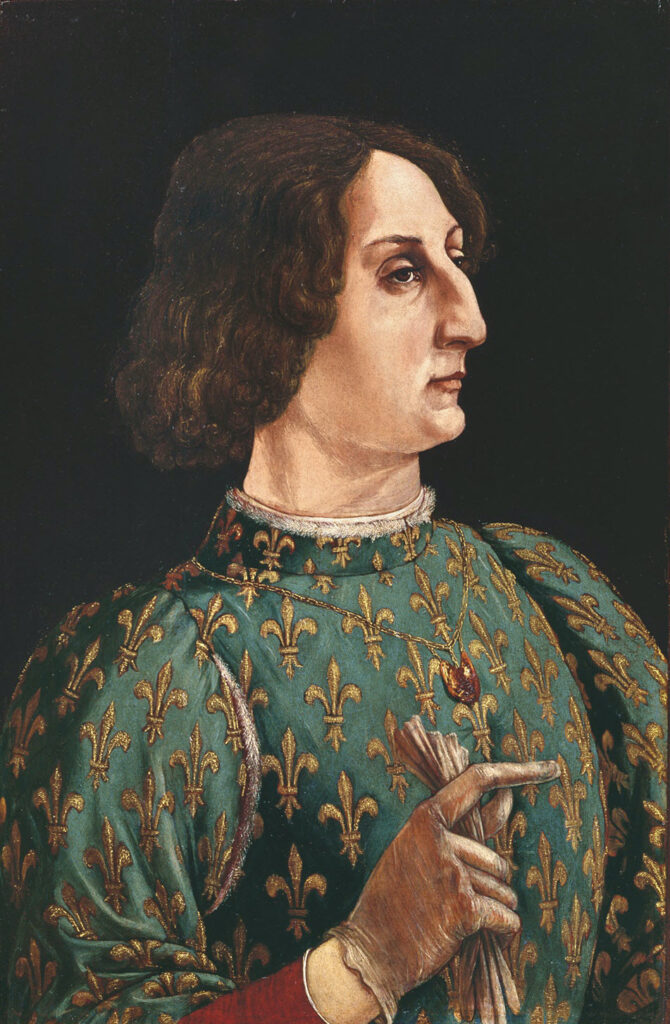
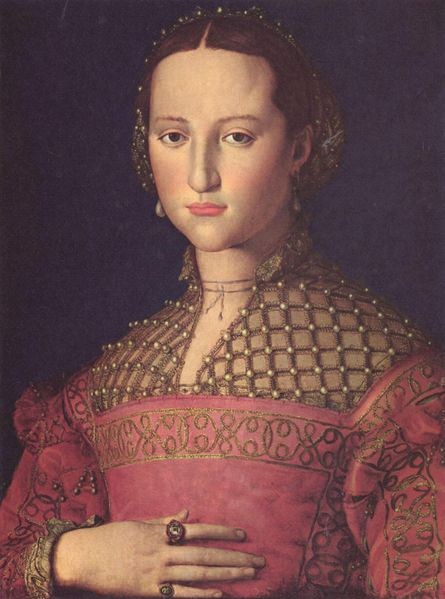
Like most laws regulating the body, sumptuary laws focused their moralistic side more on women’s bodies than men’s, decrying the wasteful, vain expense of women’s clothes, and in Florence (among other things) banning gold & pearls on women’s hats…
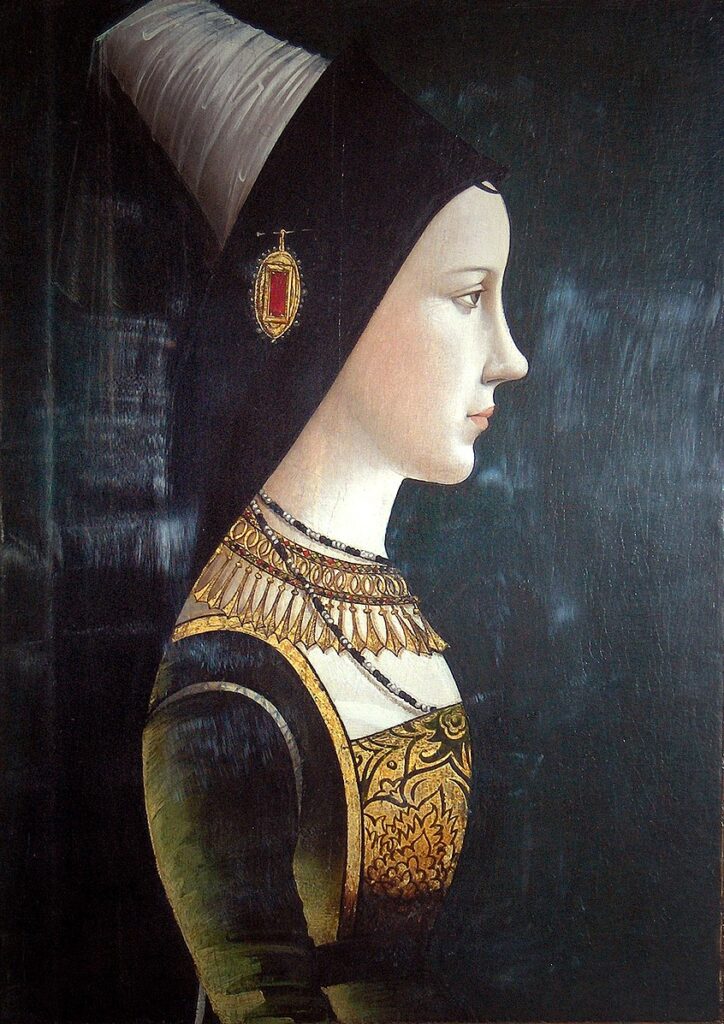
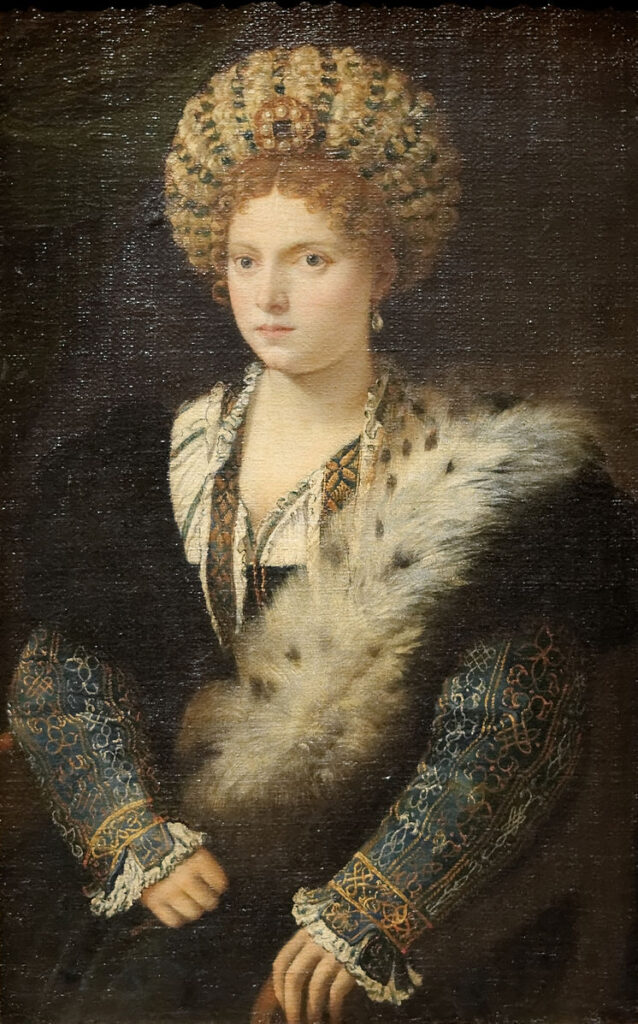
…so naturally Florentine women stopped wearing hats to put the gold & pearls directly in their hair, which much of is why Renaissance paintings of women look so beautiful to us, the only Renaissance portraits who don’t have cone hats or look like their heads are jammed in a Monopoly hotel.

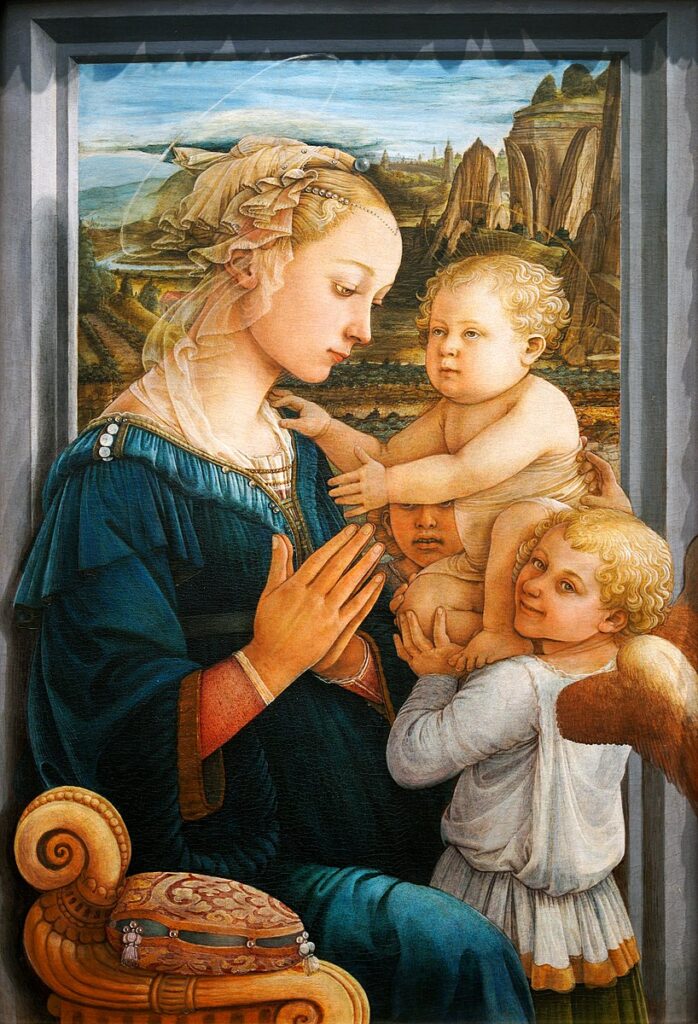
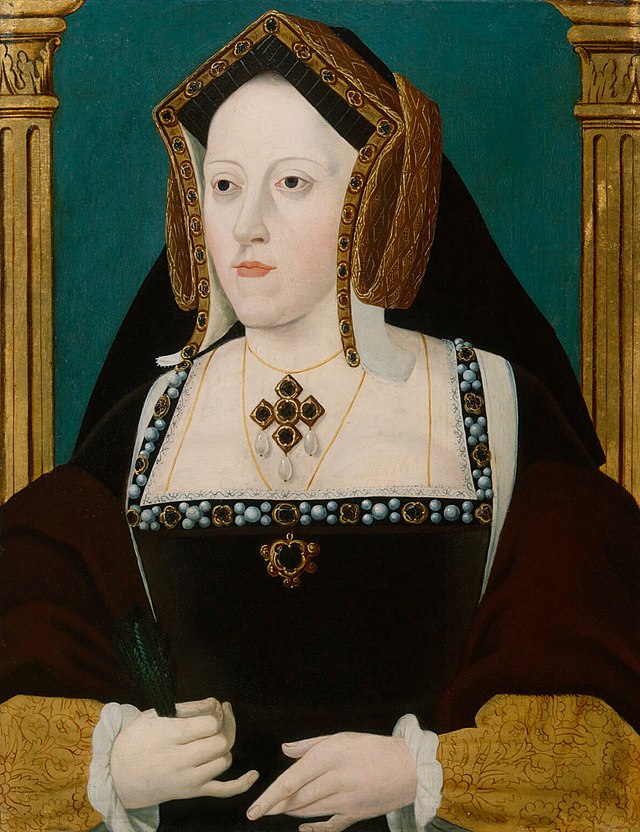
Now you see it. This is a BANNED hat. Clarice’s Florentine neighbors COULD NOT wear it. But she noble. She was immune. She *could* wear it, but it would signal princeliness sparking outrage as she strode beside her husband who still dressed like merchant scum.


Did she wear this hat? Likely not in public. The two other portraits of Clarice are in frescoes of Medici friends and associates, portraits in public places (churches) where Clarice carefully wears fashionable, expensive, but merchant class apparel, including a modest white veil.
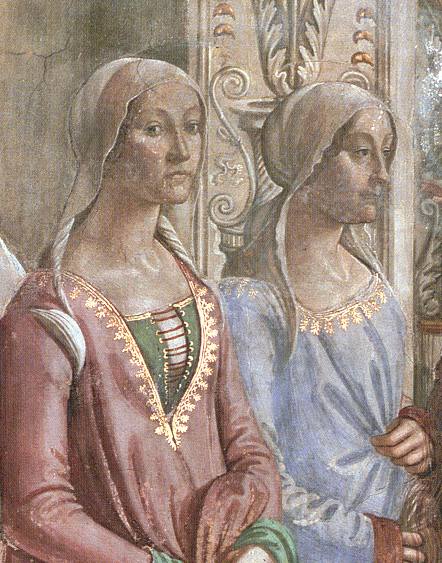
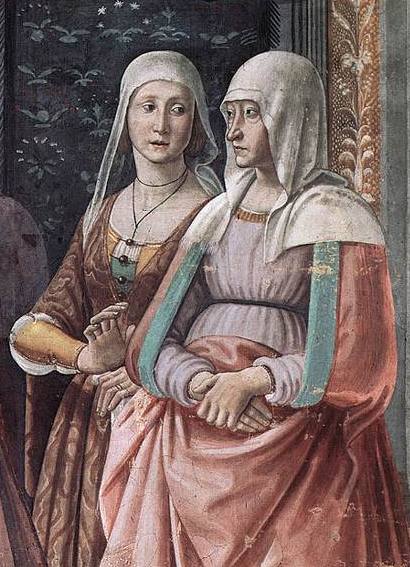
Her illegal hat portrait is posthumous, commissioned by widower Lorenzo to remember his late wife. It hung *inside* Palazzo Medici, in private view. This was Lorenzo’s choice, his memento, Clarice looking as royal & un-Florentine as her Orsini kin. Why?

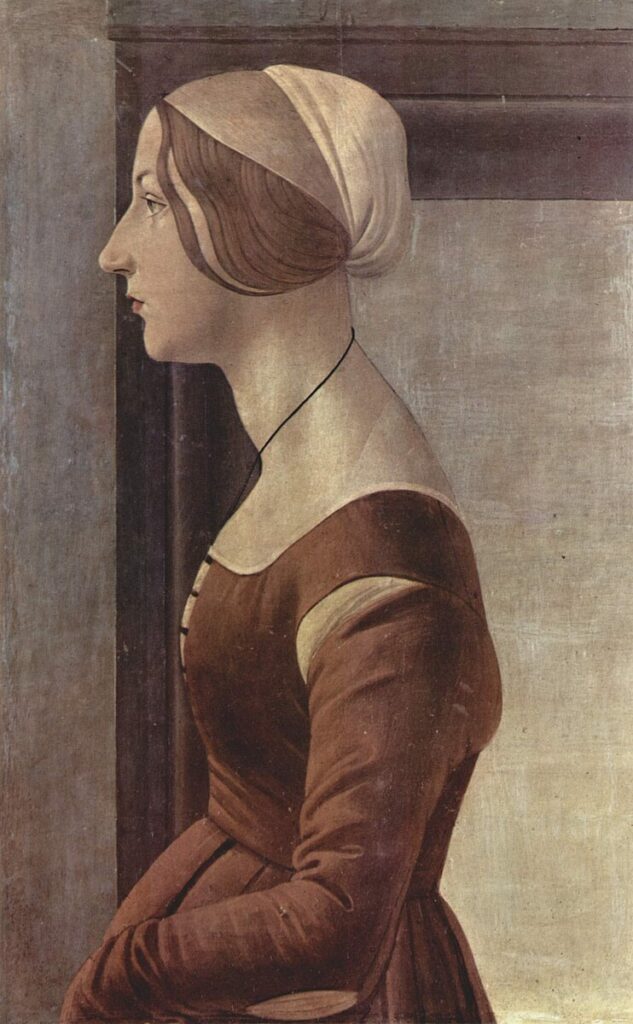
Did Clarice own this hat? Had she worn it in Rome? Secretly at home? On trips? Had she hated the commoner clothes her marriage forced on her? She certainly grew up dressing like the princess she was. So much high-stakes politics & personal mystery behind one not-so-simple hat!
I hope you enjoyed joining me in my fascination with the complex meaning of Lorenzo’s choice to remember Clarice (and encourage their kids to remember their mom) wearing her extremely illegal hat. For more tales like this, of Clarice, Lorenzo, their kids etc. Inventing the Renaissance coming soon!
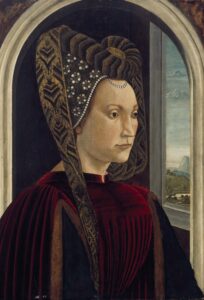
4 Responses to “Clarice Orsini de Medici’s Extremely Illegal Hat”
-
I am certain that I would have been a blue-collar baby (as I am in this life) back then, too, and it would have been a relief not to have to wear them fancy hats! But I deduce, cleverly, that my priorities are quite different than Clarice’s. Like, high on my list right now is GETTING THAT BOOK! (Already ordered!)
-
Absolutely fascinating, and thanks especially for the Guelph Ghibelline mnemonic.
-
[…] talked in my earlier thread [add link here] about Clarice Orsini’s EXTREMELY ILLEGAL hat about how important it was for Medici men like her husband Lorenzo to perform humility. Florence […]
-
So, maybe a weird question and tangential to the illegal hat, but do you know if there are any theories about why Florence killed its nobles (and enemy Ghibellines) then stopped (did they stop?), while France killed its nobles but didn’t stop? Different centuries and different cultures obviously, but I’m curious if there are any thoughts about the different paths they took with regards to killing off their nobility.


